5 things to know about Idaho’s quirky traffic laws
Explore Boise: Sign up here for our newsletter on what to eat, drink, see and do.
The Treasure Valley continues to add more people, which means it also keeps adding more vehicles, pedestrians and bicyclists. This also means it’s vital to know the rules of the road.
Idaho does have some codes and setups that might not jibe with rules in the states people left to move here.
There’s a fine line between red and yellow, for instance, and red doesn’t even mean the same thing if you’re pedaling a bicycle. And some roundabout intersections might throw you.
So put those hands at 10 and 2, or at least 9:40 and 3, and don’t read this while driving.
No. 1: A yellow light can be permissive?
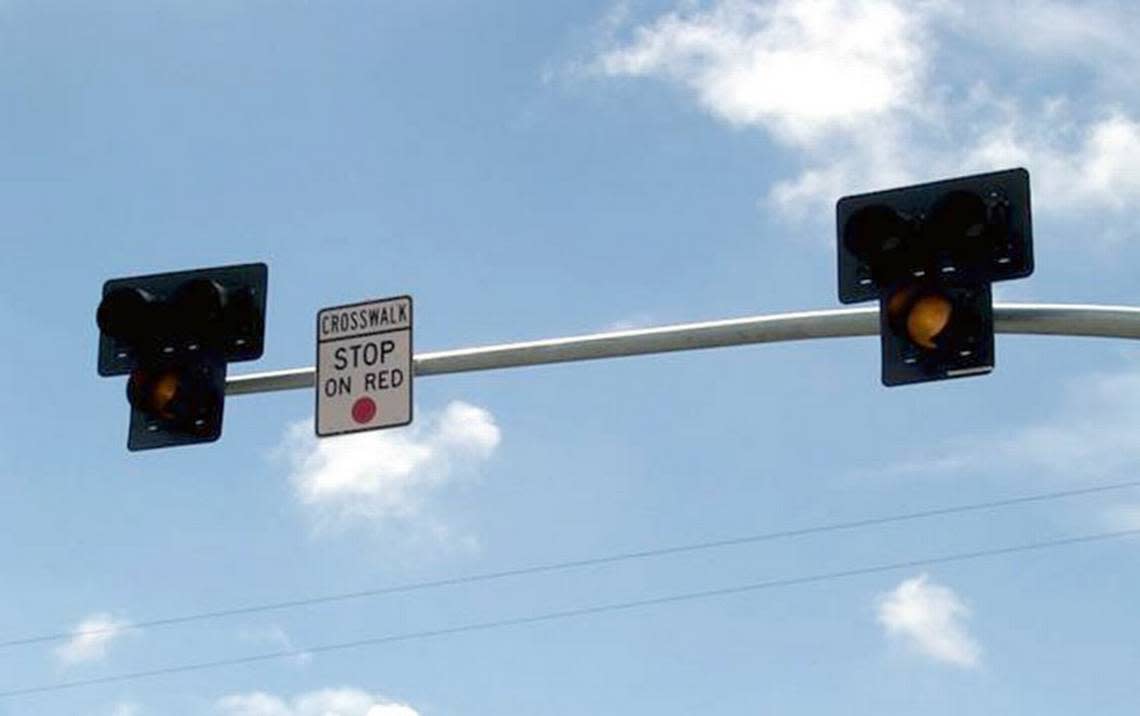
So this is not necessarily all that unusual, but it’s a good place to start. Idaho is one of about three dozen states with what is called a “permissive yellow light law.” That means if your front bumper has reached the intersection before a light is red, feel free to avoid slamming on the brakes and cruise on through.
Now, as Boise Police Officer Kyle Wills pointed out in a 2014 Statesman story, “that does not mean accelerate” when you see a yellow light. But it does mean the back of your car could still technically be in the intersection when the light turns red. In states without a permissive yellow, the entire vehicle must have cleared the intersection.
Idaho regulates the length of red and yellow lights. The signal must remain yellow for 3.2 seconds in areas with speed limits between 25 and 35 mph, and 4 seconds for speed limits of 40 mph and greater. After a light turns red, that intersection’s lights remain red for 2 seconds in all directions, giving vehicles time to clear.
No. 2: The ol’ Idaho stop
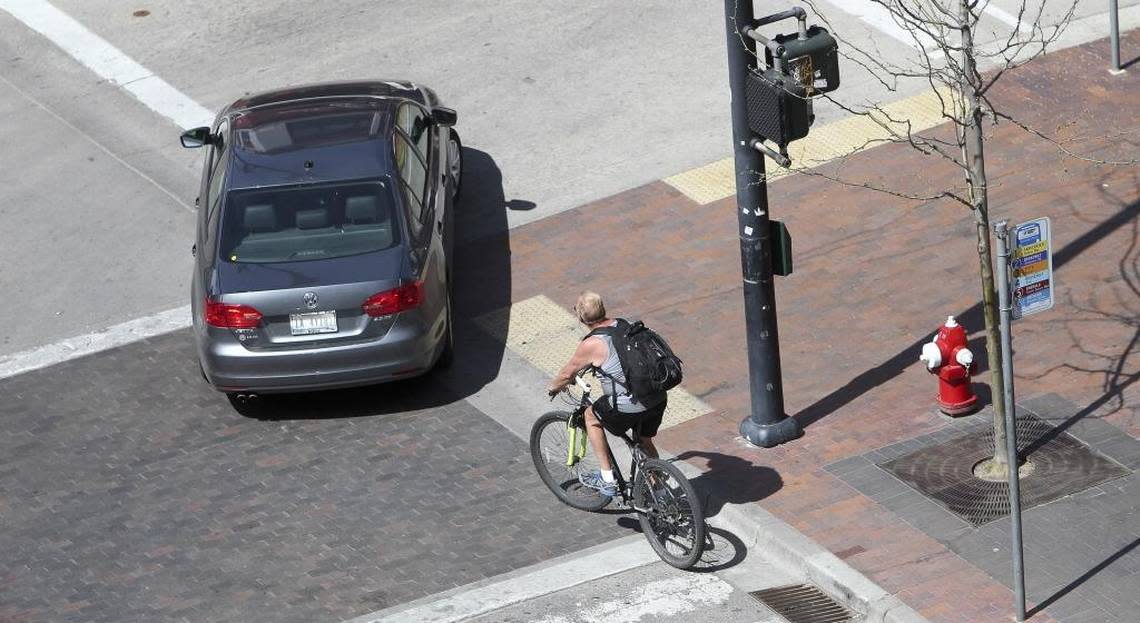
This law has been nauseating people for years, and Idahoans are probably sick of hearing about it.
But if you’re new to the area, and you’re a motorist or a bicyclist, it’s really simple.
The “Idaho Stop Law” allows bicyclists to treat a stop sign as a yield sign, and a red light as a stop sign. If you see a cyclist rolling right through an intersection with a stop sign, that’s just fine — it’s up to them to check that the way is clear and proceed. They have to stop at red lights, but if it’s clear, then they may go.
Don’t honk at them. Don’t yell at them. Don’t show them your favorite finger. They aren’t doing anything wrong.
3. Left on red
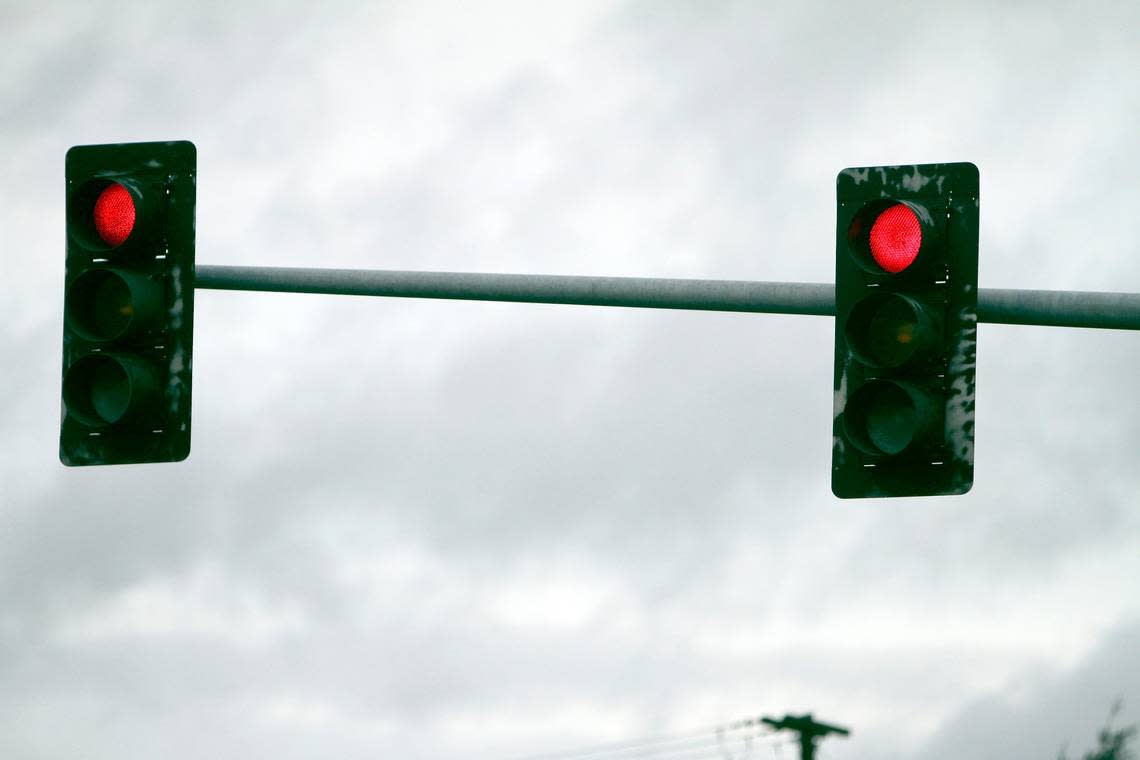
Turning right on red is popular and well-known, but many still seem to be confused about turning left on red. So let’s clear it up.
Idaho is one of only a few states — Michigan and Oregon among them — where motorists may turn left onto any one-way street, even if they are departing a two-way street. About three dozen states allow left-on-red turns onto one-way streets only when travelers are coming from other one-way streets.
As the state of Idaho points out in its literature, when making any turn on red, be sure to yield the right-of-way to pedestrians and cyclists. You don’t own the intersection.
And please don’t go straight on red. That’s for bicyclists. We just covered it.
4. Ever heard of a ‘herd district’?
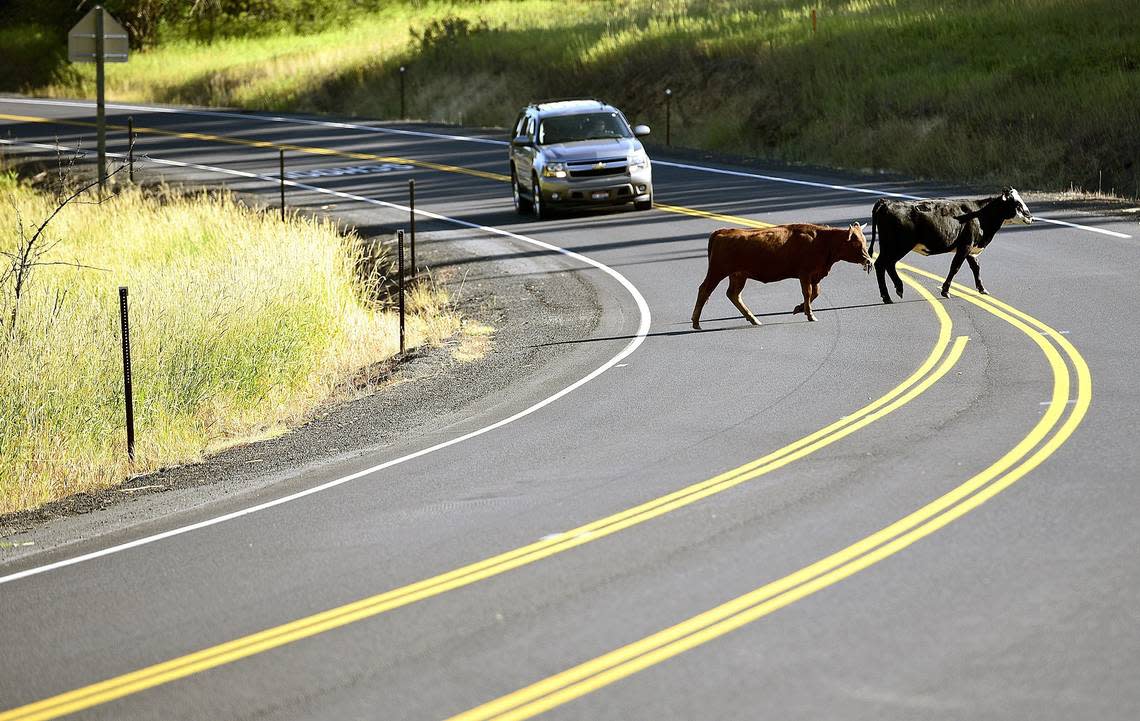
If you have no clue, that’s understandable. But a “herd district” is a county commission-approved line drawn around a municipality or community that exempts the area from open-range law.
Oh, wait. Now you’re going to ask what the hell open-range law is.
So under open-range laws, the animals rule. Drivers are responsible for whatever is on the road. You plow into some livestock in open-range territory, you have the liability and will pay for the loss to compensate the rancher or farmer— and your own damages.
But within a herd district, it’s the duty of the livestock owner to make sure the animals are secured and not wandering down the highway. If an animal gets out and is hit, its owner is liable for the damages.
Ada County has more than 30 herd districts, and all of Canyon County has that status. But about 10 counties do not, the closest to the Treasure Valley being Adams, Camas and Custer. So, if you’re driving from Boise to Sun Valley, you’ll drive through open-range land.
5. Those weird intersections
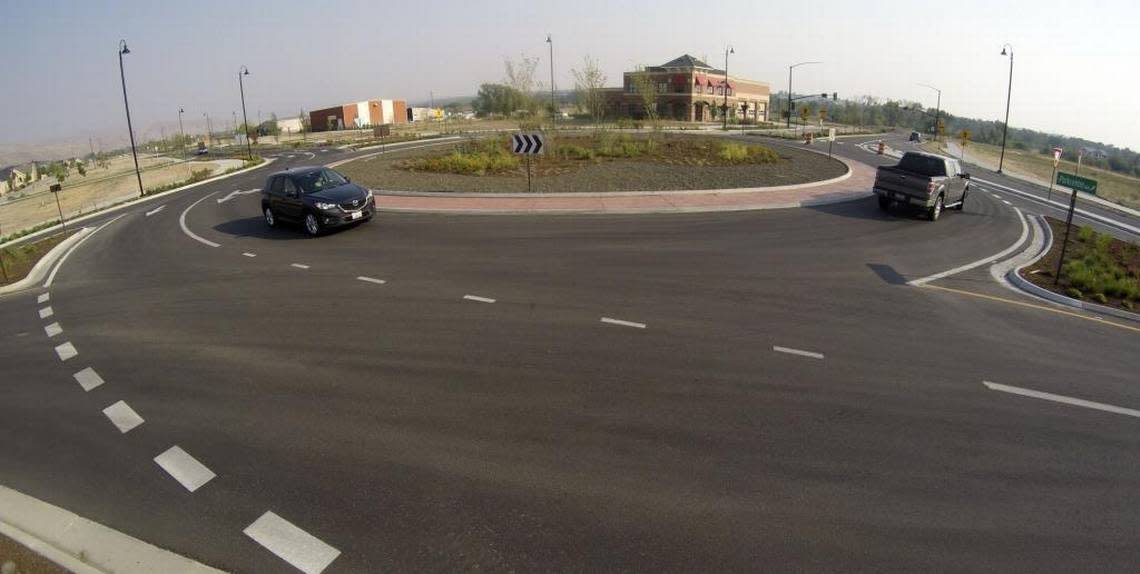
Many drivers learn early on that making U-turns is not necessarily an ideal way to motor. But here you might have to do just that to get from Point A to Point B in a proper manner in some of Boise’s semi-new intersections.
At State Street and Veteran Memorial Parkway, there are no left turns. You have to execute what is variously called a “median U-turn” or “thru-turn.” Traveling west on State, for instance, this results in traveling past the intersection, making a U-turn to head back toward your destination, and then turning right.
Have you driven Boise’s dogbone roundabout? The unique road has over 334k views on TikTok
Traffic circles, or roundabouts, also have become popular in the area. Whitewater Park Boulevard, East ParkCenter Boulevard, Hill Road/36th Street and more have them. And there are more planned.
Unfamiliarity with such circles at intersections is common because not all places use them. But you don’t have to be like Clark Griswold in “European Vacation” and just drive around in a circle for hours on end.
Navigating the roundabout is not overly complicated. Vehicles enter and bear to the right, circling until their street comes up and then exiting on that street. Motorists entering yield the right-of-way to the circulating traffic. The more than a dozen such circles around the Valley are well-marked with how to proceed.
A version of this story originally published in June 2019.
• • •
Boise's Neighborhood Guides
Over the next several months, the Idaho Statesman will be publishing neighborhood guides. Here are a few:
• Boise Bench Guide: The city's multicultural wonderland
• East Boise Guide: An old — but new — part of downtown
• Garden City Guide: The up-and-coming hot spot
• North End Guide: Boise's hiking and biking neighborhood
• North Meridian Guide: Idaho’s fastest-growing city
• Northwest Boise Guide: Exploring West State Street